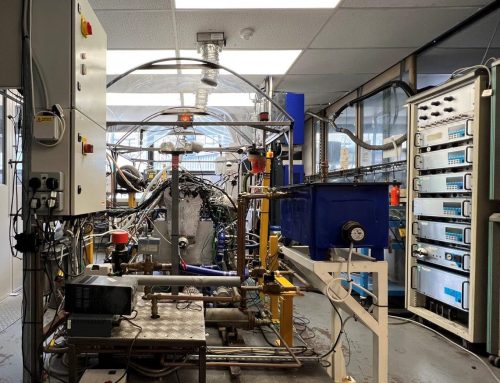
Dr Laura Norris of the Centre for Innovation Policy Research, Cardiff University, takes a look at the current state of play in the adoption of ammonia when it comes to policy, legislation and market demand.
The challenge
The International Maritime Organisation has set targets for at least 80% reduction of greenhouse gases (GHGs) from global shipping by 2050. This is a significant challenge as shipping currently contributes to 3% of global emissions and is projected to rise by 130% on 2008 levels by 2050. As a result, there has been increasing innovation in the use of net-zero fuels and MariNH3 is focusing on the novel use of green ammonia as a fuel in the shipping industry. Green ammonia can be produced using renewable energy and is an energy-dense fuel with low storage costs.
MariNH3 is exploring what innovation and change would be necessary to deliver on the promise of ammonia as marine fuel; the team at the Centre for Innovation Policy Research (CIPR) at Cardiff University has been focusing on the socio-economic aspects of the global shipping industry that will facilitate technology acceptance. One vital part of this is policy and legislation – it provides a framework for technology design, a signal to the market and supply chain, and promotes public acceptance.
What is the status of legislation in the green ammonia market?
Much like other net-zero technologies, the speed of green ammonia innovation is outstripping legislation and as such no legislation currently exists for the use of ammonia as a fuel. This conundrum is applicable to all new net zero fuels, yet ammonia as an extensively traded global good has an advantage – with legislation that encapsulates all other aspects such as handling, storage and production it is possible to foreshadow some of the likely guidance around these areas.
Ammonia also has a well-established supply chain who are habituated with handling this chemical safely, showing the importance of upholding industrial health and safety protocols. Previous research undertaken by CIPR shows that those technologies that have existing infrastructure that aligns with the market are more likely to see acceptance and rapid uptake. This said, the challenge of utilising market-based forces to introduce a new technology, with its associated high initial costs, cannot be ignored.
Legislation is an important indicator of governmental intentions and can provide certainty to a market, signalling to supply chain and financiers alike that the finished innovation will be supported. This in turn can accelerate technology acceptance and uptake.
The opportunity
The current positive market signals for ammonia are strong: Lloyds Register predicts that 35 – 79% of future fuels will be ammonia; Yara have put an ammonia fuelled vessel in the water; and there are over 130 “ammonia ready” vessels on order.
Further, the IMO’s 2023 inclusion of well-to-wake emissions puts ammonia in a promising position as the Life Cycle Analysis shows that ammonia has low costs to store and transport, low emissions throughout its lifecycle, and can be treated with current scrubbing technologies. In addition, innovation is focusing on eliminating these by-products entirely.
One size doesn’t fit all
Importantly, it must be appreciated that it is likely that a raft of fuels will be used to service the market – with different solutions, such as batteries, more possible or more appropriate for different types of journeys.
This provides a great opportunity for collaboration around legislative lobbying and plenty of room in the market for different solutions once policy is developed, a conversation with which MariNH3 research will engage.
While monitoring these developments, we are also seeking new evidence on the suitability of green ammonia as a shipping fuel and the ways in which policy and legislation may need to develop to facilitate its adoption.

